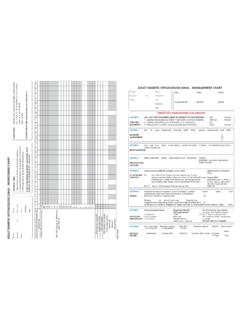Transcription of AMERICAN THORACIC SOCIETY DOCUMENTS
1 AMERICAN THORACIC SOCIETYDOCUMENTSAn Official ATS/ERS/JRS/ALAT Clinical Practice Guideline: Treatmentof idiopathic pulmonary FibrosisAn Update of the 2011 Clinical Practice GuidelineGanesh Raghu, Bram Rochwerg, Yuan Zhang, Carlos A. Cuello Garcia, Arata Azuma, Juergen Behr, Jan L. Brozek,Harold R. Collard, William Cunningham*, Sakae Homma, Takeshi Johkoh, Fernando J. Martinez, Jeffrey Myers,Shandra L. Protzko, Luca Richeldi, David Rind, Mois es Selman, Arthur Theodore, Athol U. Wells, Henk Hoogsteden,and Holger J. Sch unemann; on behalf of the ATS, ERS, JRS, and ALATThis guideline is dedicated to the memory of Mr.
2 William Cunningham (June 7, 1935 October 23, 2014)THISoFFICIALCLINICALPRACTICEGUIDELI NE OF THEAMERICANTHORACICSOCIETY(ATS)WAS APPROVED BY THEATS, MAY2015,THEEUROPEANRESPIRATORYSOCIETY(ER S), APRIL2015,THEJAPANESERESPIRATORYSOCIETY( JRS), APRIL2015,AND THELATINAMERICANTHORACICASSOCIATION(ALAT ), APRIL2015 Background:This document updates the AmericanThoracic SOCIETY /European Respiratory SOCIETY /Japanese Respiratory SOCIETY /Latin AMERICAN ThoracicAssociation guideline on idiopathic :Systematic reviews and, when appropriate, meta-analyseswere performed to summarize all available evidence pertinent to ourquestions.
3 The evidence was assessed using the GRADE (Grading ofRecommendations, Assessment, Development and Evaluation)approach and then discussed by a multidisciplinary conflict-of-interest management strategies wereapplied, and recommendations were formulated, written, and gradedexclusively by the nonconflicted :After considering the confidence in effect estimates, theimportance of outcomes studied, desirable and undesirableconsequences of treatment, cost, feasibility, acceptability of theintervention, and implications to health equity, recommendationswere made for or against specific treatment.
4 The panel formulated and provided the rationale forrecommendations in favor of or against treatment interventions foridiopathic CompositionConfidentiality Agreement andConflict-of-InterestManagementMeeting sFormulating ClinicalQuestionsLiterature SearchEvidence Review andDevelopment of ClinicalRecommendationsManuscript PreparationRecommendations for SpecificTreatment QuestionsQuestion 1: Should Patientswith IPF Be Treated withAnticoagulation?Question 2: Should Patients withIPF Be Treated with Imatinib,a Tyrosine Kinase Inhibitor?Question 3: Should Patientswith IPF Be Treated withCombination Prednisone,Azathioprine, andN-Acetylcysteine?
5 Question 4: Should Patients withIPF Be Treated with Ambrisentan,a Selective ER-A EndothelinReceptor Antagonist?Question 5: Should Patients withIPF Be Treated with Nintedanib,a Tyrosine Kinase Inhibitor?*Mr. William Cunningham s active participation in the development of this guideline and his invaluable input were greatly appreciated and respected by theentire committee. Mr. Cunningham, having suffered from idiopathic pulmonary fibrosis for many years, was confronted directly with the issues relatedtomanaging the condition. The authors strongly believe that his objective, balanced, and in-depth participation as a patient strengthens the guideline ssignificance and Executive Summary of this document is available at article has an online supplement, which is accessible from this issue s table of contents at J Respir Crit Care Med Vol 192, Iss 2, pp e3 e19, Jul 15, 2015 Copyright 2015 by the AMERICAN THORACIC SocietyDOI: address: THORACIC SOCIETY Documentse3 Question 6: Should Patients withIPF Be Treated withPirfenidone?
6 Question 7: Should Patients withIPF Be Treated with AntiacidMedication?Question 8: Should Patients withIPF Be Treated with Sildenafil,a Phosphodiesterase-5 Inhibitor?Question 9: Should Patients withIPF Be Treated with Bosentanor Macitentan, Dual ERAs(ER-A and ER-B)?Question 10: Should Patientswith IPF Be Treated withN-Acetylcysteine Monotherapy?Question 11: Should Patientswith IPF Be Treated withBilateral Lung Transplantationversus Single-LungTransplantation?Question 12: Should PH BeTreated in Patients with IPF?ConclusionsFuture DirectionsEditor s NoteOverviewThe purpose of this guideline is to analyzeevidence reported since publication of theprior guideline in 2011 and to update thetreatment recommendations guideline should empower clinicians tointerpret these recommendations in thecontext of individual patient values andpreferences and to make appropriate clinicaldecisions about treatment of patients withidiopathic pulmonaryfibrosis (IPF).
7 For eachrecommendation, it is important to considerboth the summary of evidence reviewed anddiscussed by the nonconflicted members ofthe committee and remarks for each specifictreatment question, including the valuesand preferences, before applying theserecommendations to specific clinicalsituations or policy , patients, third-party payers,and other stakeholders should never viewthese recommendations as dictates. Noguideline or recommendations can take intoaccount all of the often compelling uniqueindividual clinical circumstances. Therefore,no one charged with evaluating clinicians actions should attempt to apply therecommendations from this guideline byrote or in a blanket fashion.
8 Theimplications of the strength of therecommendation for various stakeholdersare described in Table guideline does not providerecommendations for one treatmentregimen over another. With the exception ofthe recommendation against usingprednisone with azathioprine andN-acetylcysteine, the guideline does notprovide suggestions for or againstcombination regimens or sequentialtherapies. Therefore, the strong orconditional rating for eachrecommendation must be weighedindividually ( , two recommendationswith the same strong or conditional ratingshould not by default be consideredequivalent recommendations)
9 , factoring inall components used to determine the gradeof the recommendation, including theconfidence in effect estimates, outcomesstudies, desirable and undesirableconsequences of treatment, cost oftreatment, implications of treatment onhealth equity, and feasibility of methods used by guideline panels toappraise the evidence are different thanthose used by regulatory agencies whenthey review applications seeking marketapproval for the use of pharmacologicagents for treatment of following recommendations arenew or revised from the 2011 guideline, asshown in Table 2 recommendationagainstthe useof the following agents for thetreatment of IPF is strong:a.
10 Anticoagulation (warfarin) ( ,low confidence in effect estimates).b. Imatinib, a selective tyrosinekinase inhibitor against platelet-derived growth factor (PDGF)receptors ( , moderateconfidence in effect estimates).c. Combination prednisone,azathioprine, andN-acetylcysteine( , low confidence in effectestimates).d. Selective endothelin receptorantagonist (ambrisentan) ( ,low confidence in effect estimates). recommendationforthe use of thefollowing agents for the treatment ofIPF is conditional:a. Nintedanib, a tyrosine kinaseinhibitor that targets multipletyrosine kinases, including vascularendothelial growth factor,fibroblastgrowth factor, and PDGF receptors( , moderate confidence ineffect estimates).
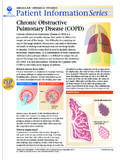
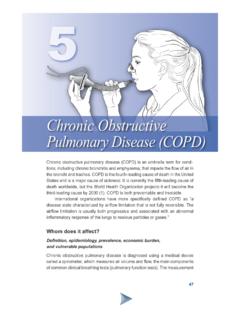
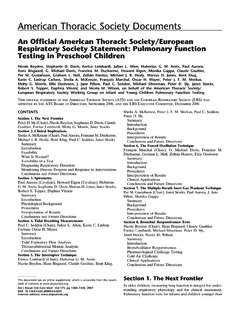
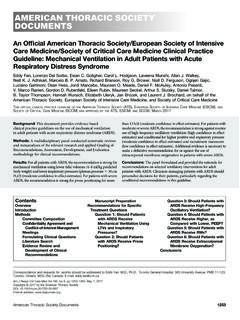

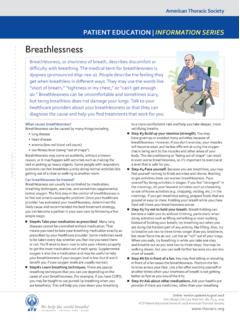
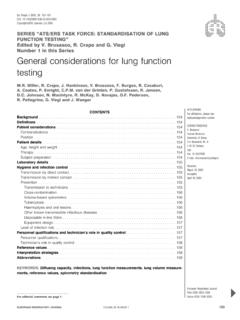
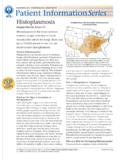
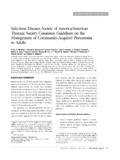
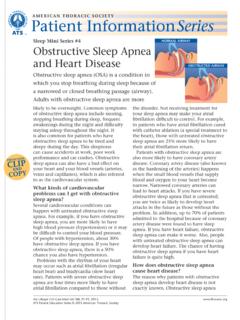
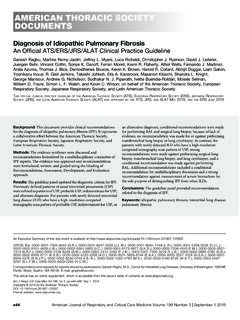
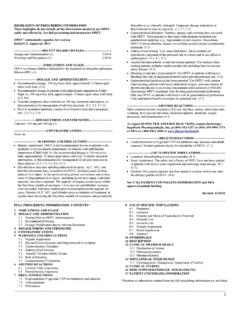
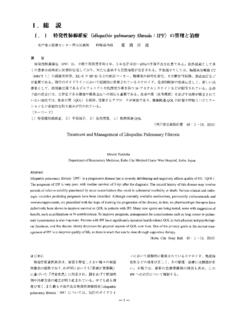
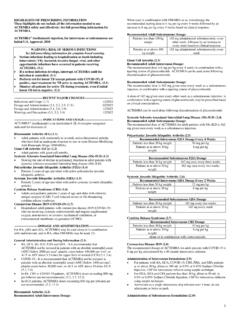
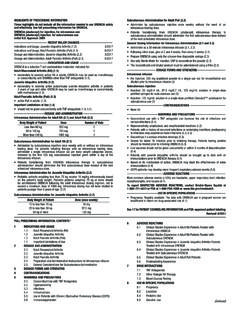

![Heart Failure Pathophysiology.ppt [Read-Only]](/cache/preview/5/6/a/8/a/5/4/1/thumb-56a8a5411198557184679ccfbe445eec.jpg)
